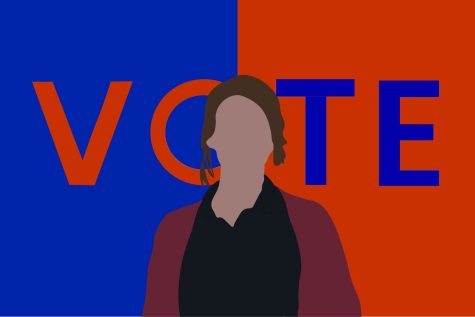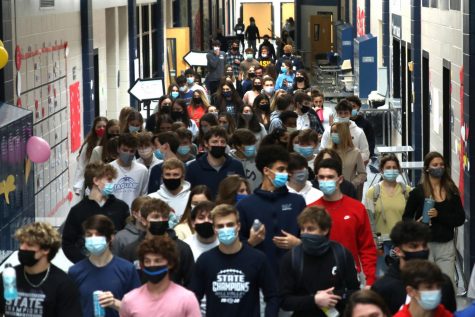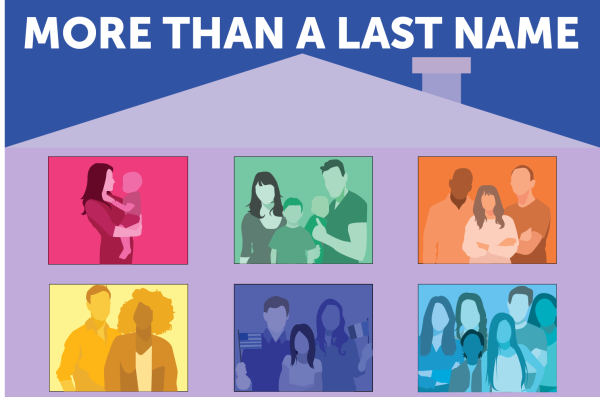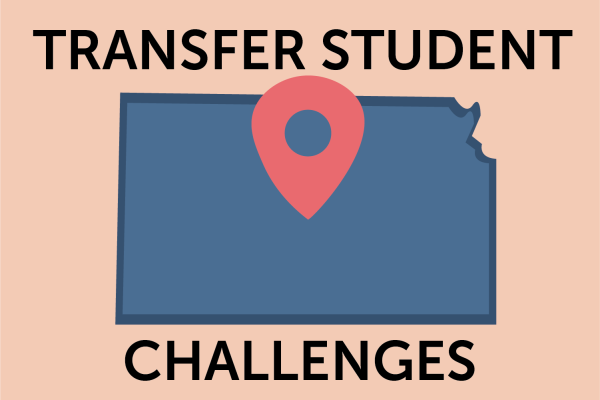Interaction a needed component in classes
With more interactive learning in curriculum, students would be able to understand and retain material more easily
Let’s face it. Not all of us were blessed with photographic memory. As nice as it would be to copy down notes from a PowerPoint and remember it all later, it’s just not realistic for most of us. By adding hands-on activities to classes, teachers would be able to educate their students more effectively.
Although notes remain essential, interaction is a needed component in learning. Demonstrations, visual aids, and other hands-on activites immerse students in the material, while verbal and written learning often seem to go in one ear and out the other. Personally, I have found that I am able to understand and retain information more effectively when I learn through interactive activities. It is also the type of learning that allows me to remember the material for much longer, as opposed to material learned through notes and lectures.
Math classes would benefit greatly from an increase in interactive learning. The talk for improving our national rank in math has been ongoing for decades. According to the National Math and Science Initiative, America’s current rank is a lagging 25 when compared the rest of the world. Why? Existing teaching techniques could be largely at fault. In classes like math, students sometimes sit for an hour, listening and taking notes. Most of the time, students don’t even get the chance to fully process what they’re writing because they’re too focused on copying the notes.
With interactive learning in the classroom, students become more engaged. They are able to make connections and understand concepts more clearly.
A study from the University of Illinois showed that 80 percent of teaching is delivered verbally, while only 10 percent of students prefer to learn by listening. On the other hand, 40 percent of students are visual learners and 50 percent learn best when they are involved in movement and manipulation. The ASCD, Association for Supervision and Curriculum Development, stated that movement, the learning style dominantly favored by students, is proven to increase memory and retrieval. Coincidentally, the part of your brain that processes movement, the cerebellum, also processes learning and involves attention, something teenagers already tend to lack.
With all this evidence, it only makes sense to incorporate more interaction into classes. Doing so would allow teachers to better accommodate all students, rather than just a small portion of the class.

This is senior Sarah Myers’ third year on staff. She is excited to be a JagWire editor-in-chief and make the paper the best it can be. While not in the journalism room, Myers can most often be found in the theater, performing in a musical or play. She is also involved in NHS, SLT and Student Ambassadors. Myers loves journalism, theater, any class of art teacher Jerry Howard’s, history, life science, art, music, people and God. In her free time,...












